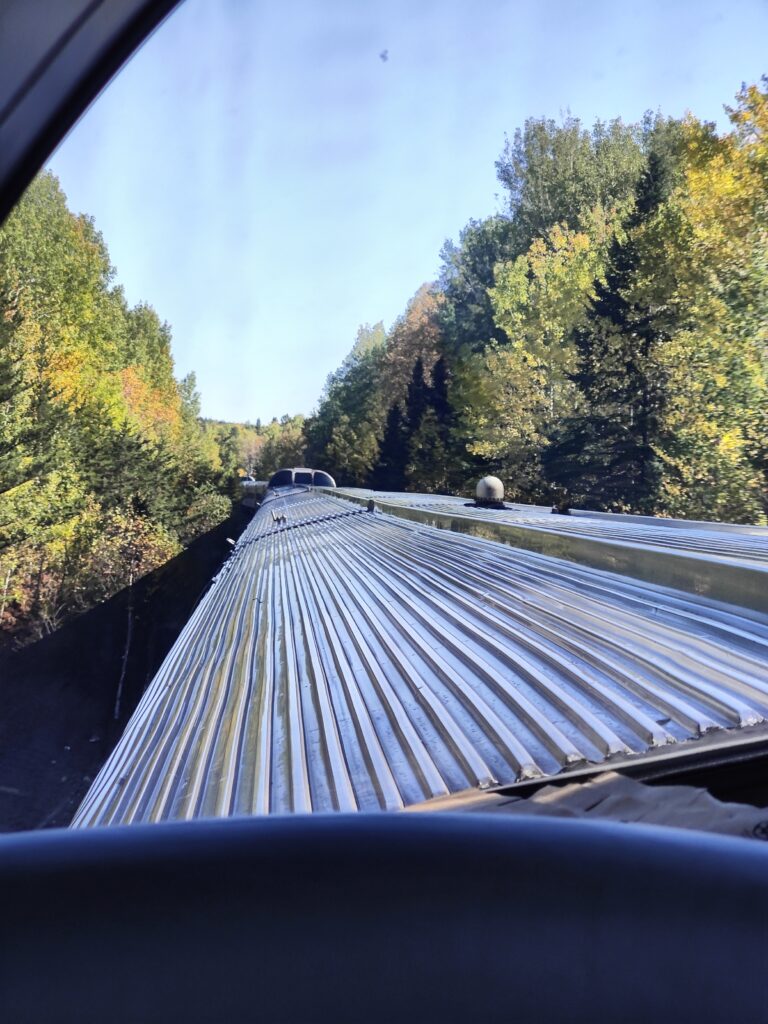
Just capturing something notable from the Caporel stop mentioned last time. They opened the whole train for this one, because the siding at the station was long enough. So the people from the more Lux cars stepped out too. Not enough to mingle, but enough to see that they were there.
Kind of a reverse Snowpiercer (2013) thing happening: the nicer cars are further from the engine, due to Noise and the like, and fewer disturbances with people walking through.
Given the cost for those lux fares, this is effectively separation by class as well.
In 2025, it might be impossible to make a post about train travel without referencing Snowpiercer, Bong Joon Ho’s creative filmic adaptation of the french graphic novel Le Transperceneige, in much the same way that earlier posts would have talked about Murder on the Orient Express or some other cultural referent. (Did we ever get “Speed but on a train” as the high concept for a film in the mid 90s? I know that series stopped with the boat).
Point being, there might be something endemic about trains, especially the passenger variety, and how they’ve been serving customers for travel for the past two-hundred and twenty some-odd years.
(Is that all? It seems like such a dominant form of travel for the modern era, since eclipsed by passenger flight in the second half of the twentieth century. The speed at which the railways grew must have been mind boggling to those who witnessed it.)
Those early passenger trains, built in Britain and serving the particular nature of that class system of the Victorian era, echoes through time to how they’re experienced now (still), and how we feel ourselves experiencing the rails, mediated through the images and movies we’ve seen before we even step foot on the stairs into the car.
The built environment is not just the buildings around us, but the ways we move as well.